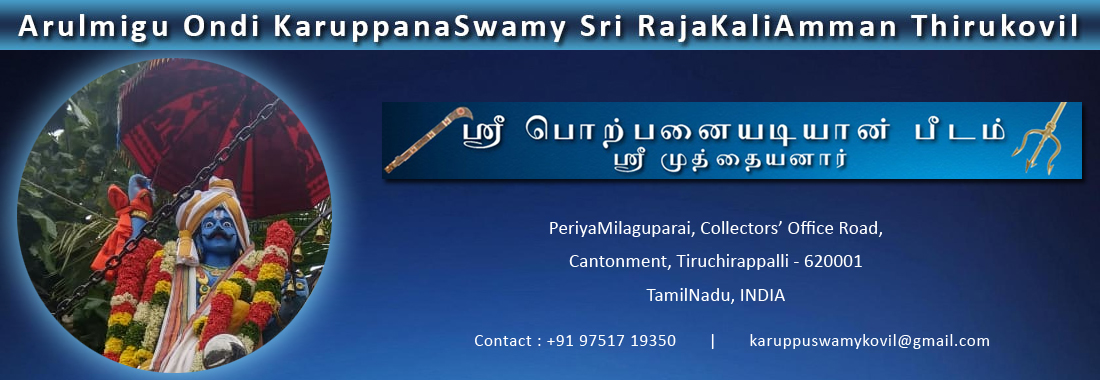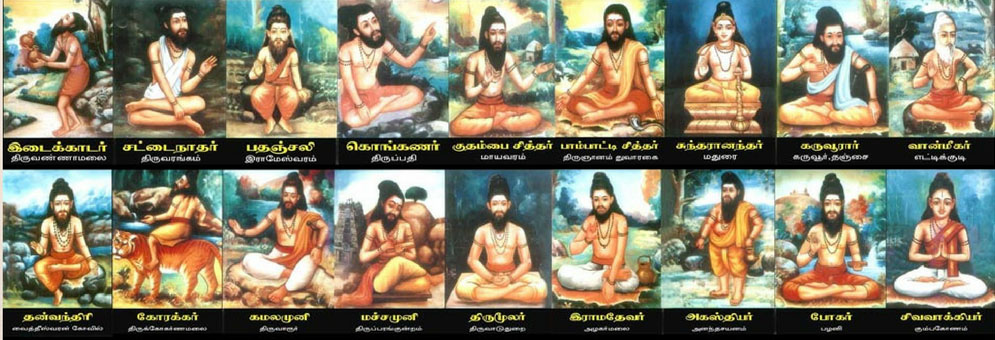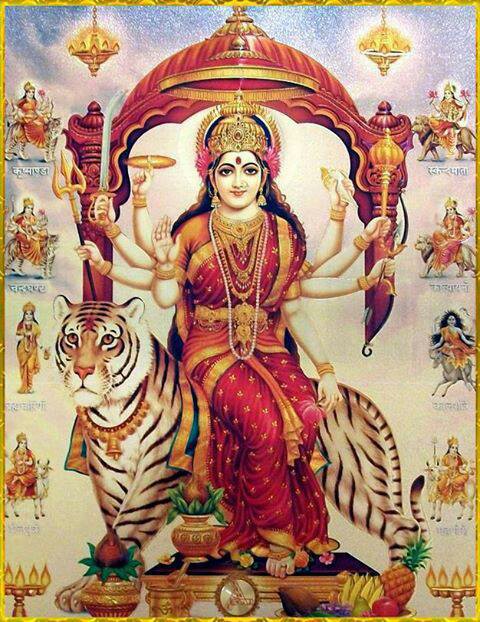
Padhinetaam Padi (18 Steps)
The Padhinetaam Padi or 18 Steps is a significant aspect in the Temples of Lord Karuppuswamy. Worship and Prayers at the Padhinetaam Padi fulfils the wishes of the devotees, and rids them of their travails and shortcomings.

Interpretation of The Padhinetaam Padi (18 STEPS)
The 18 Steps Representing the 18 Siddhars
The 18 Steps are said to be representative of the 18 Siddhars
Siddhars were mostly Saivite saints, who practised Sadhana, or spiritual practice, to attain liberation. They acquired Yogic powers called Siddhis by constant practice of certain yogic disciplines. And hence were reverred as Siddhars.
All Siddhars were among the highest disciples of Lord Shiva, and are considered equal in their powers and devotion to the Supreme God.
Typically Siddhars were saints, doctors, alchemists and mysticists all at once. They wrote their findings, in the form of poems in Tamil language, on palm leaves (palm leaf manuscript.
The Siddhars developed a native system of medicine, which is even today practised by the experienced elders in the villages of Tamil Nadu.
They are also founders of Varmam - a martial art for self-defence and medical treatment at the same time. Varmam are specific points located in the human body which when pressed in different ways can give various results, such as disabling an attacker in self-defence, or balancing a physical condition as an easy first-aid medical treatment.
The Siddhars were the first to develop pulse-reading (naadi paarththall) to identify the origin of diseases.
Siddhars have also written many religious poems. It is believed that most of them have lived for ages, in a mystic mountain called Sathuragiri, near Thanipparai village in Tamil Nadu.

Great Siddhis (Ashtama Siddhis) : The Siddhars are believed to have had powers to convert mass to energy and thereby travel in space at the speed of light.
These powers are referred to as the Ashtama Siddhis or Great Perfections
Anima (shrinking) - Power of becoming the size of an atom and entering the smallest beings
Mahima (illimitability) - Power of becoming mighty and co-extensive with the universe. The power of increasing one's size without limit
Lagima (lightness) - Capacity to be quite light though big in size
Garima (weight) - Capacity to weigh heavy, though seemingly small size
Prapthi (fulfillment of desires) - Capacity to enter all the worlds from Brahma Loga to the nether world. It is the power of attaining everything desired
Prakasysm (irresistible will) - Power of disembodying and entering into other bodies (metempsychosis) and going to heaven and enjoying what everyone aspires for, simply from where he stays
Isithavam (supremacy) - Have the creative power of god and control over the sun, the moon and the elements
Vasithavam (dominion over the elements) - Power of control over kings and gods. The power of changing the course of nature and assuming any form

The 18 Steps Representating The 18 Forms of Devi Shakthi
